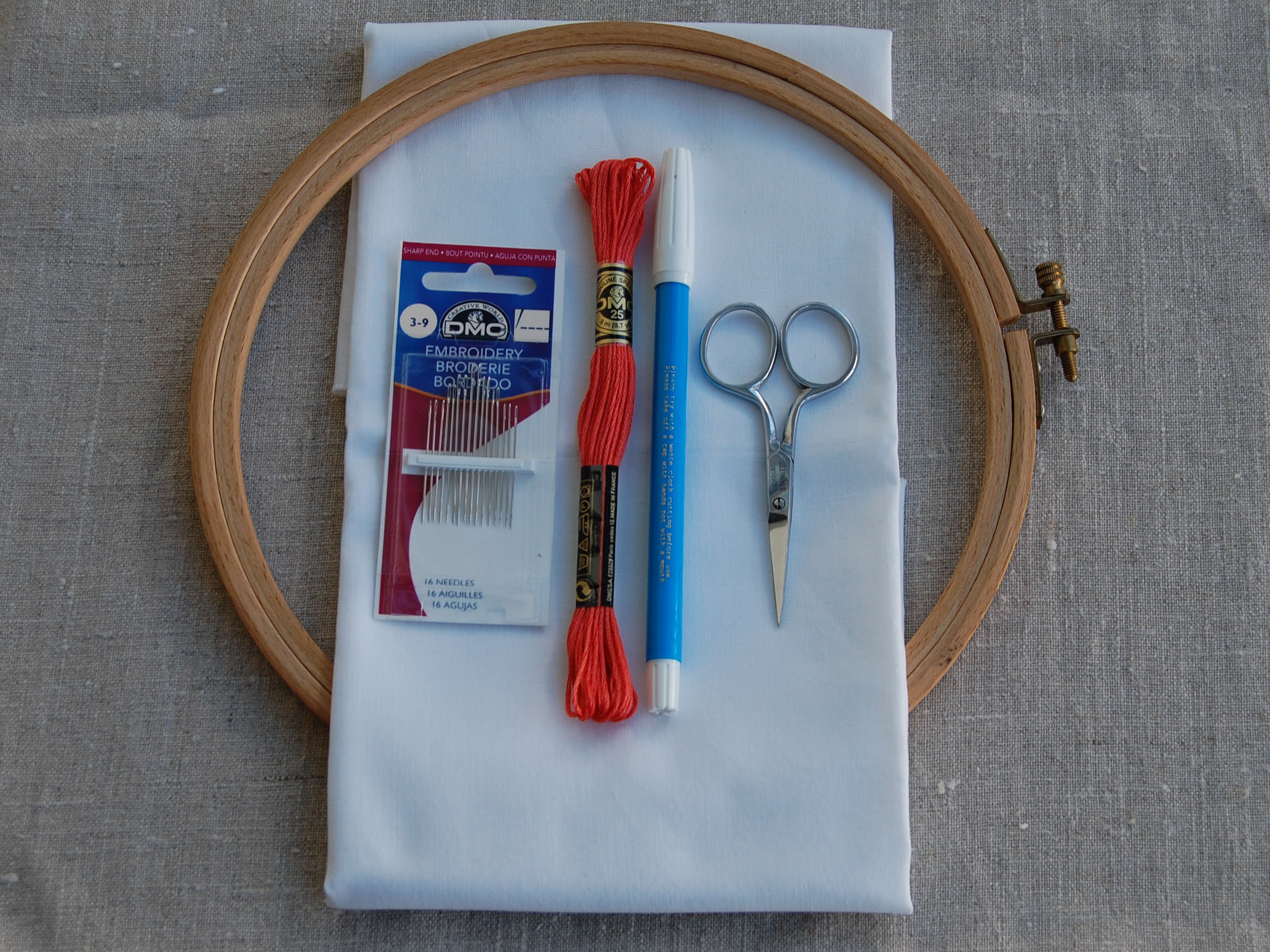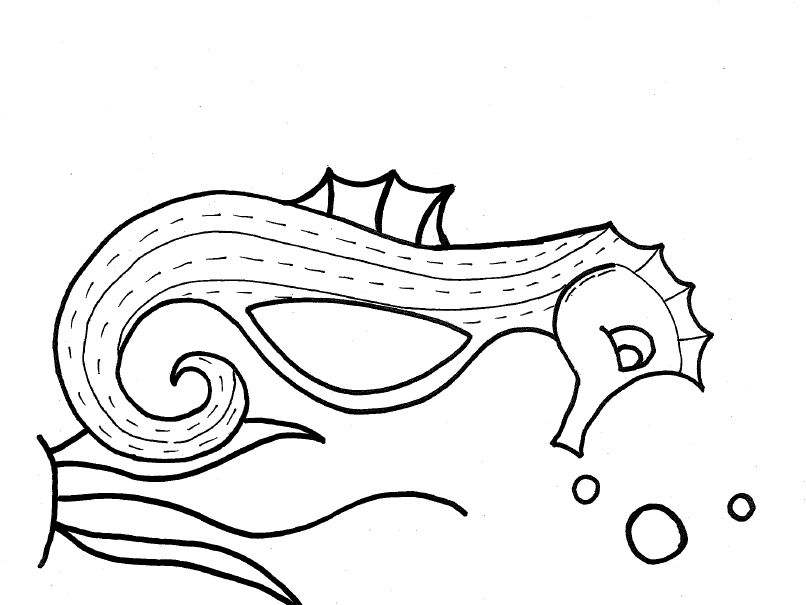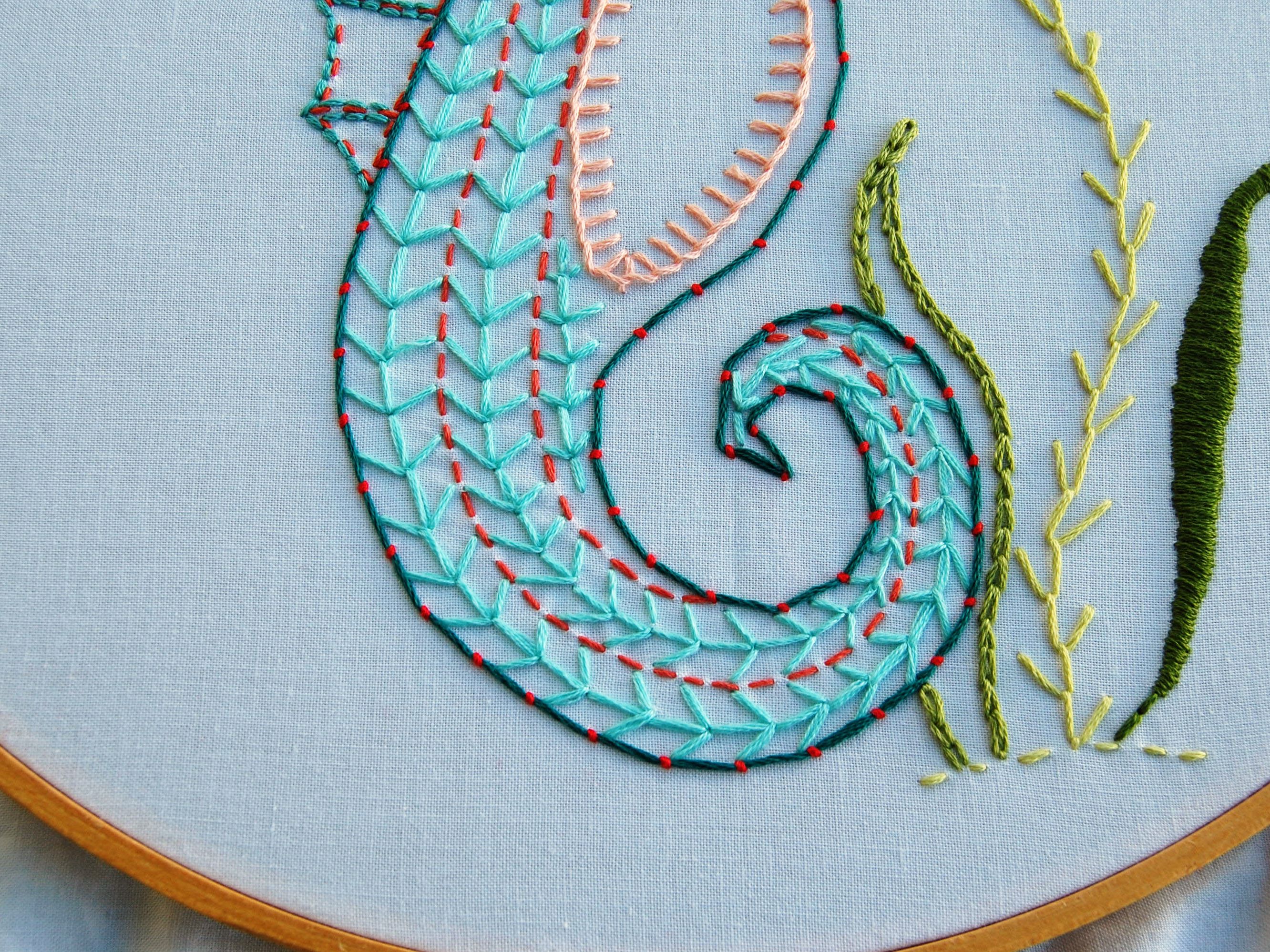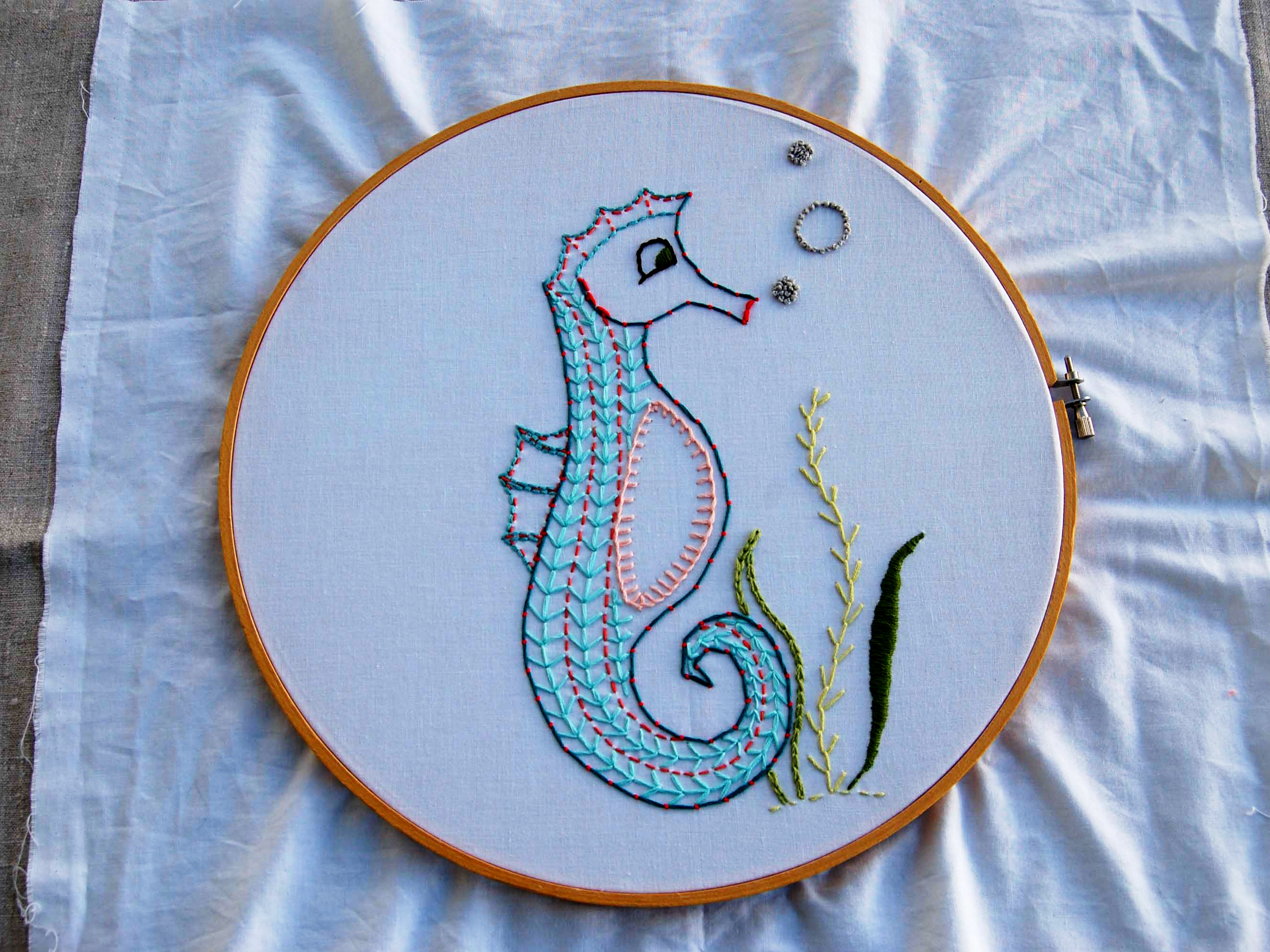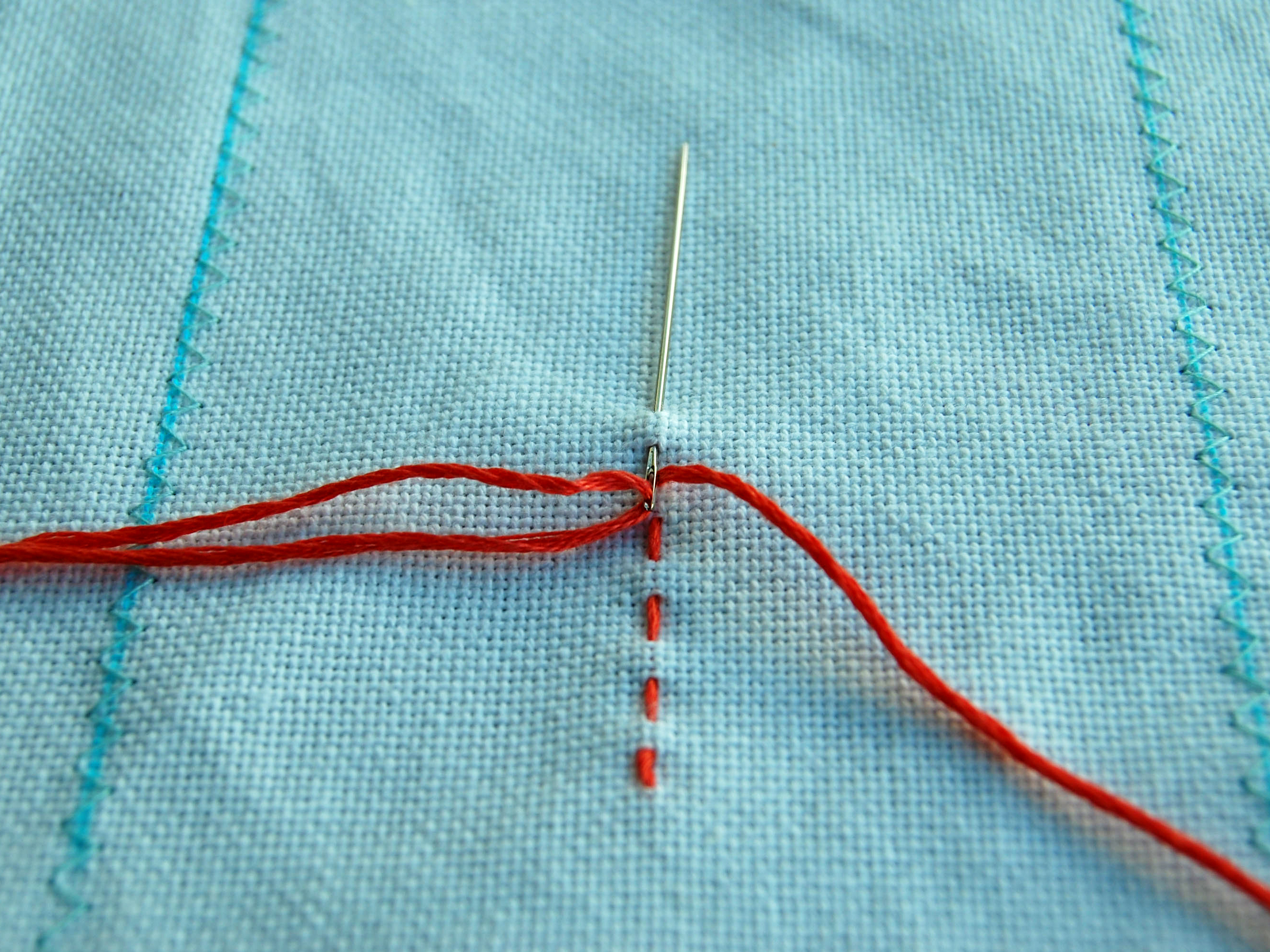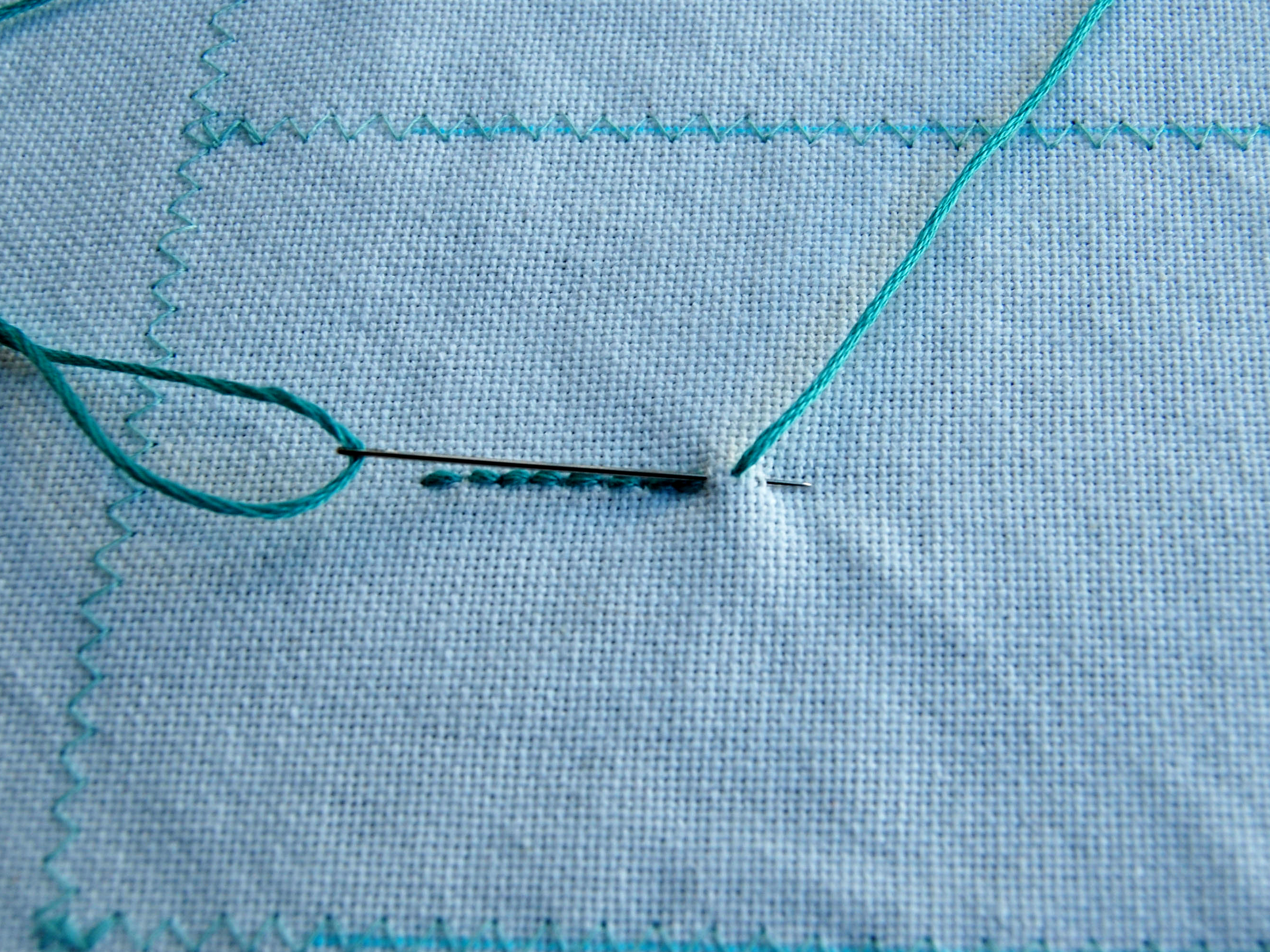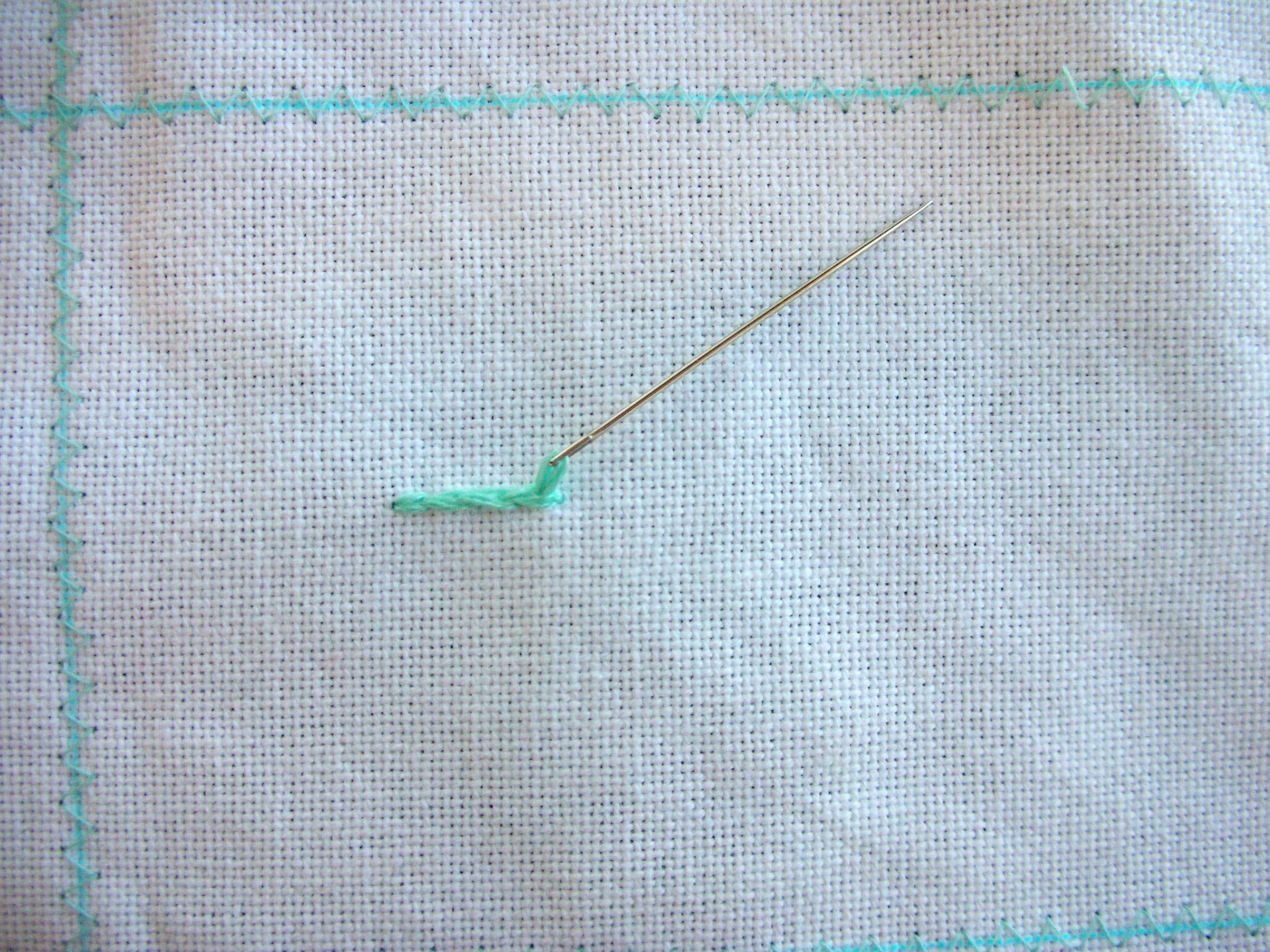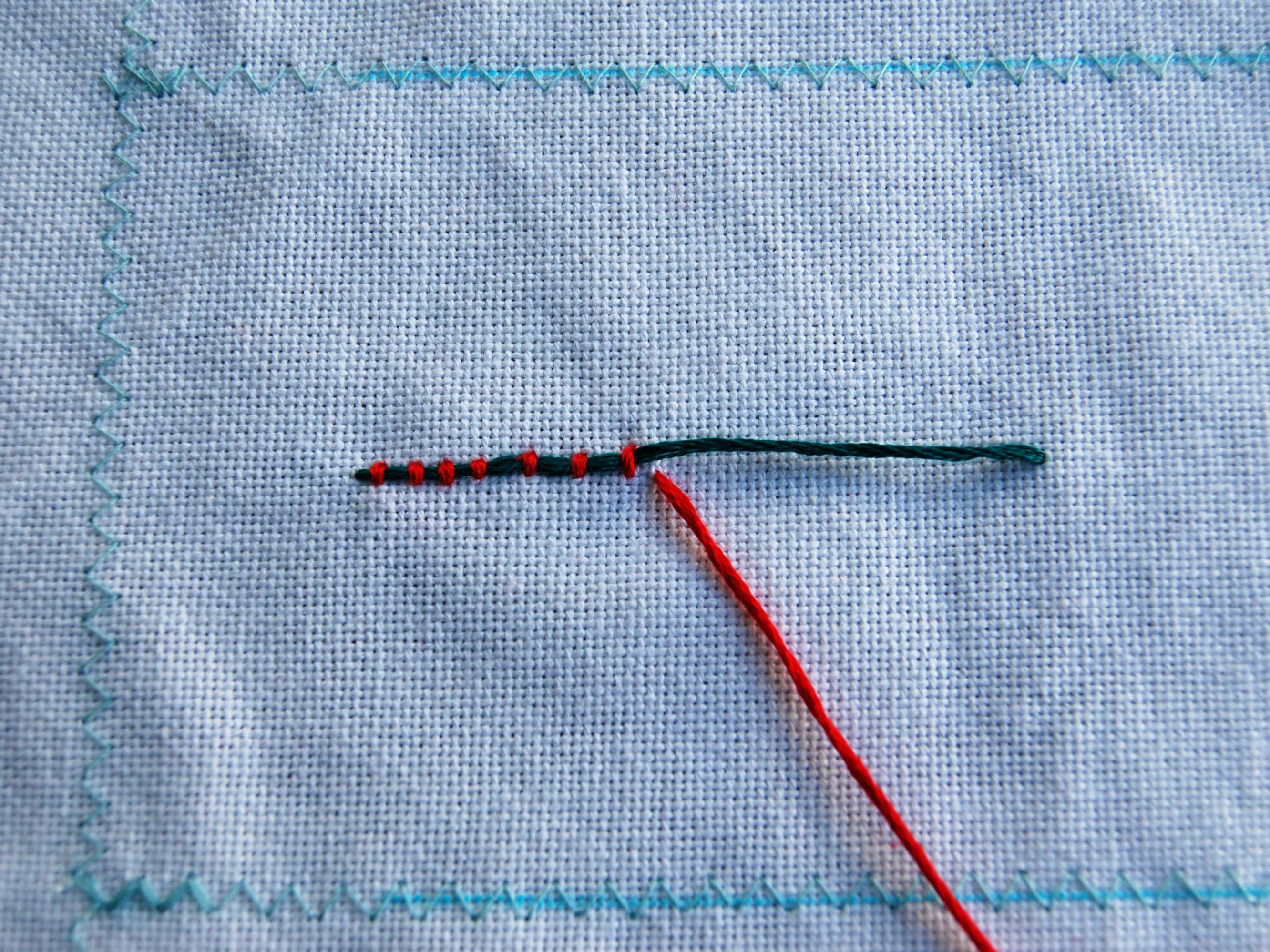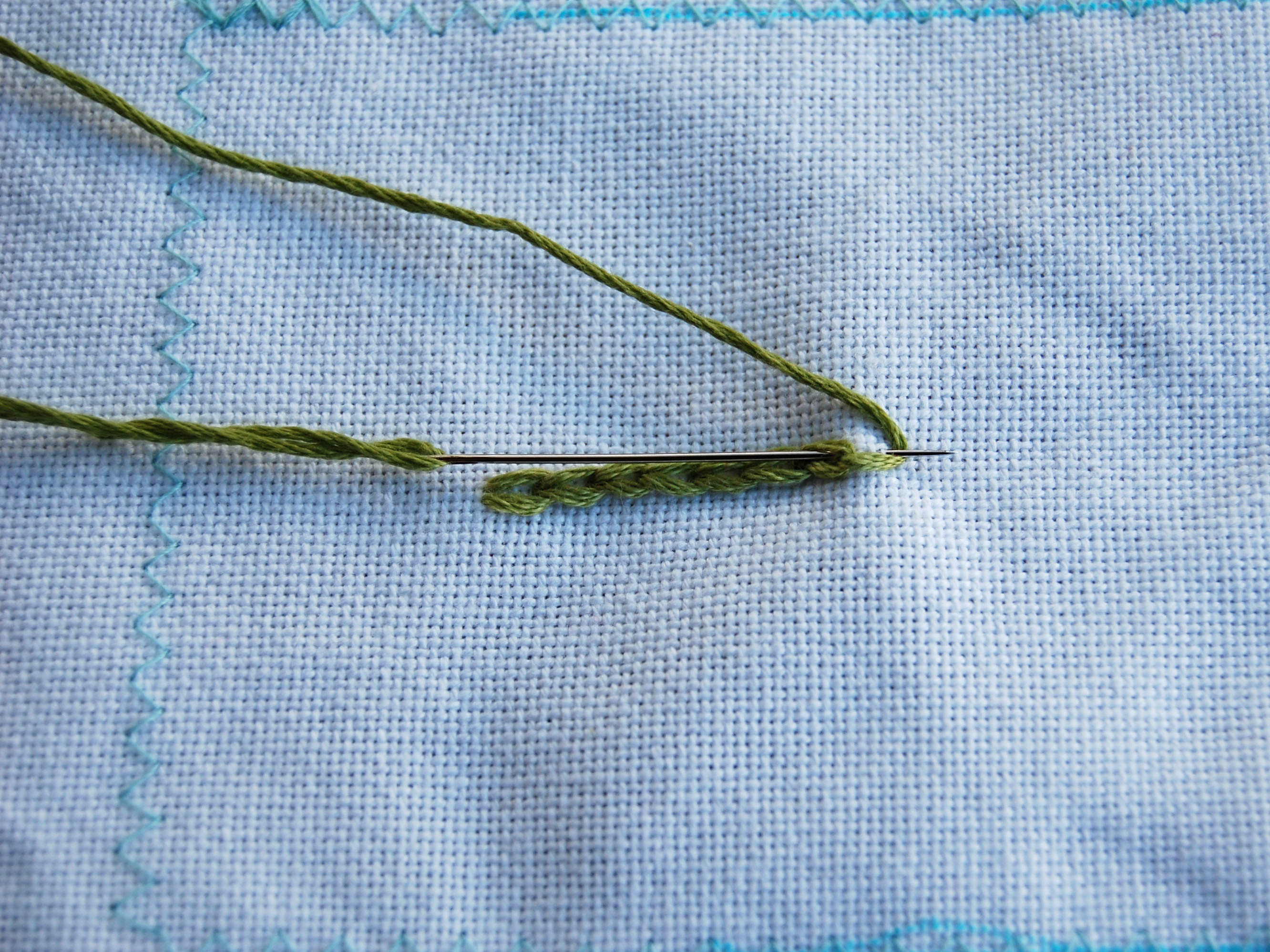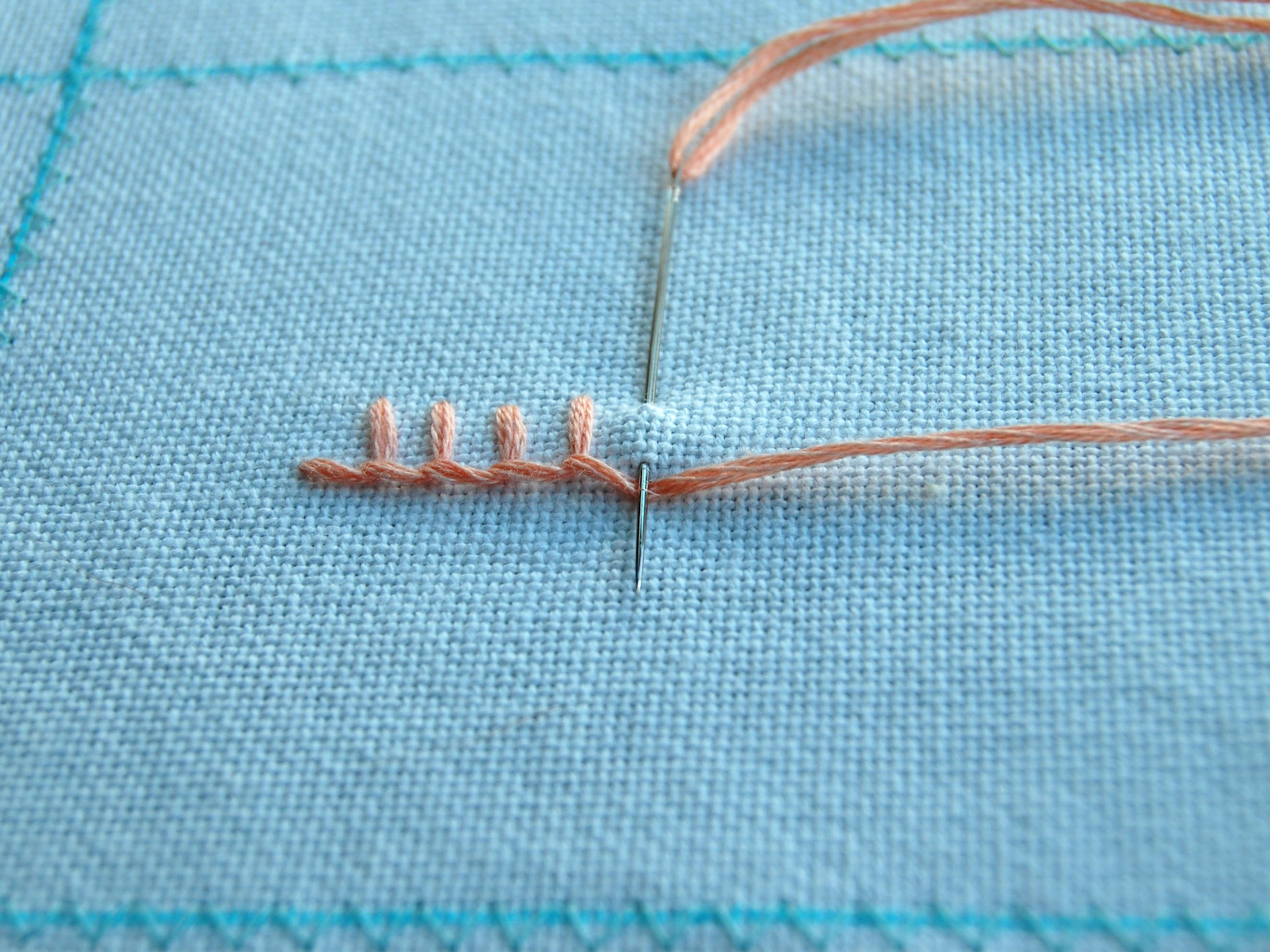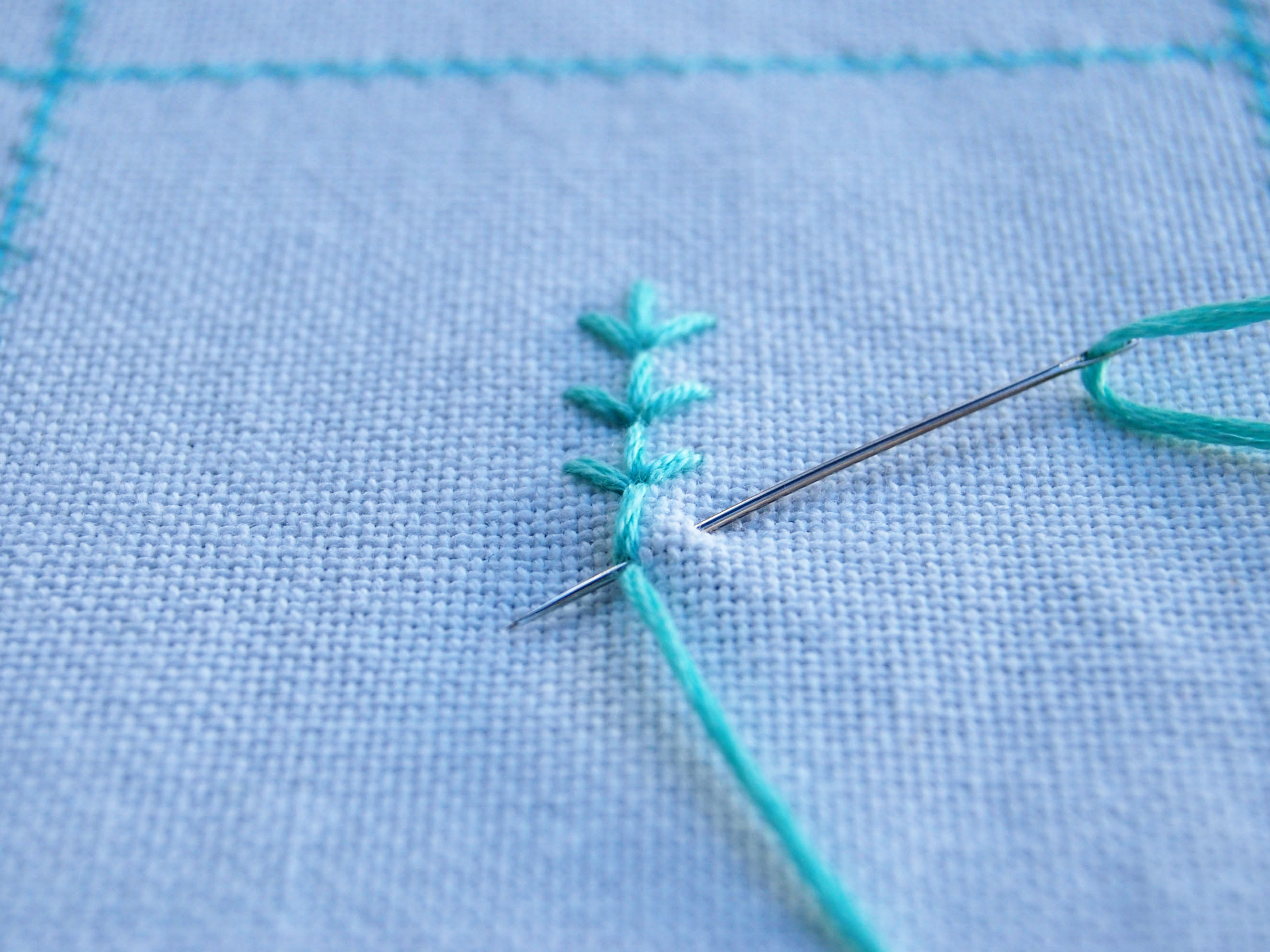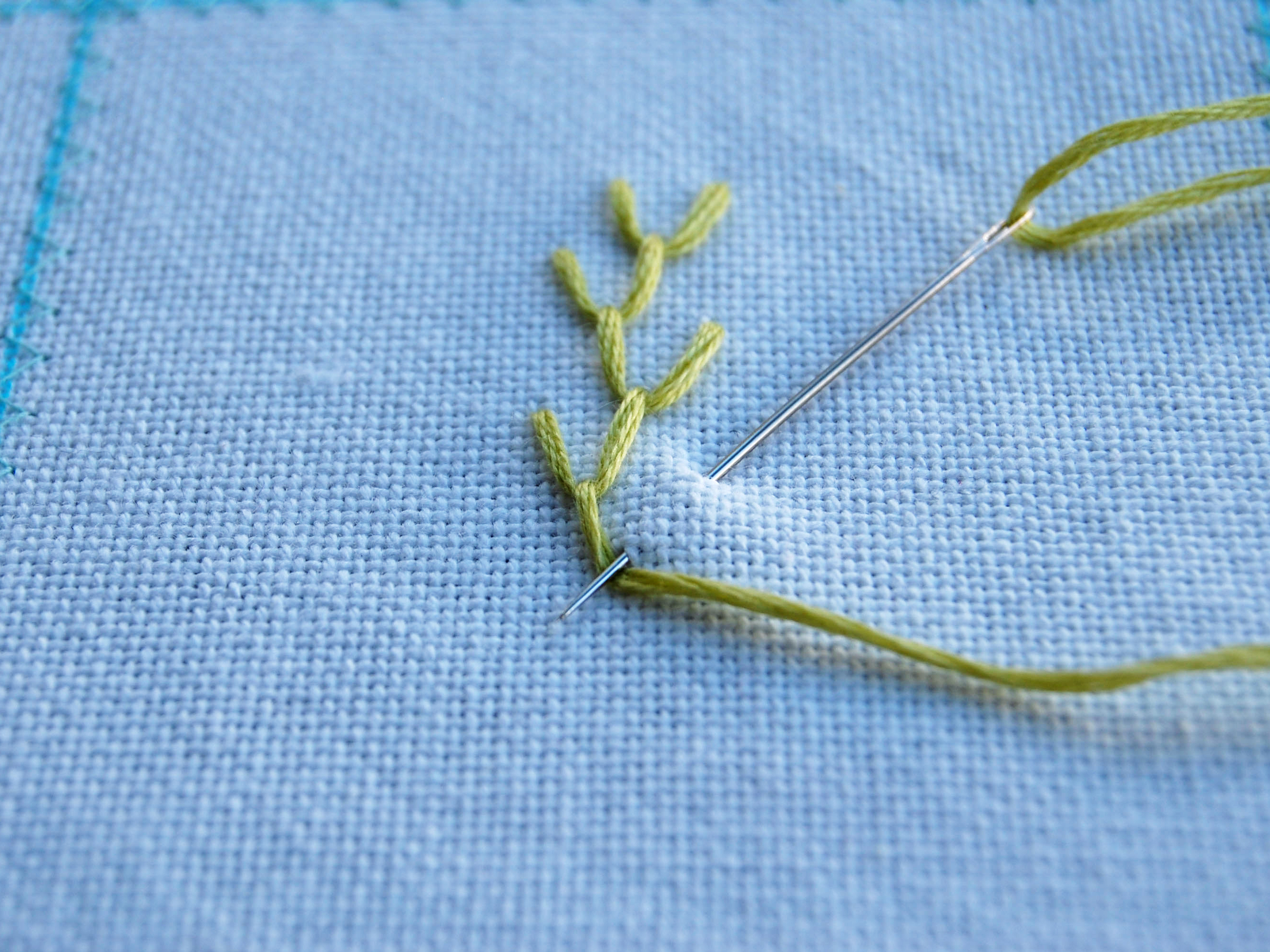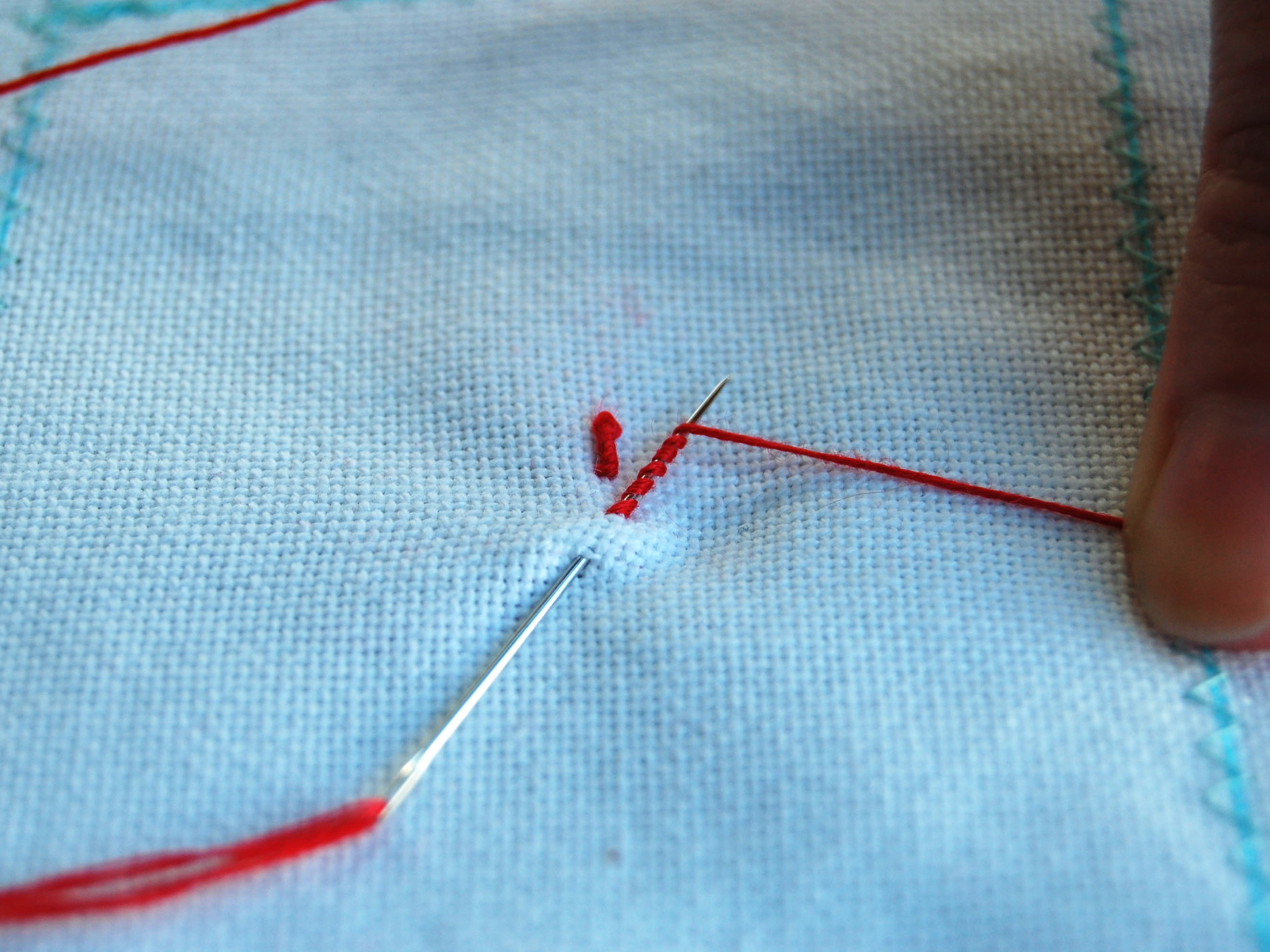Gussy up some fabric with easy decorative stitches that will wow your friends and family. To embroider basically means to decorate material with needlework. Embroidery is based on hand-sewing stitches, and encompasses many different forms of stitching: cross-stitch, crewel, quilting, needlepoint, and much more. What you’ll be learning here is good ol’ basic embroidery, the type that Jenny Hart of Sublime Stitching has made so hip and cool. Once you know the basics, try experimenting with different types of threads, stitches, and fabrics. I think of embroidering like painting — your floss is the paint and your fabric is the canvas. You can illustrate many beautiful things with just a few stitches under your belt.
Embroidery is very easy. All you need is a needle, floss, an embroidery hoop, your imagination, and some material. It’s also very portable, so you can do it during your commute, hanging out with your friends, or in front of the TV. If you’re just starting out, your design should be a simple line drawing, or you can use a heat-transferred embroidery design, available for purchase. Gather up all the necessary materials, sit down, get cozy, and start your stitching!



